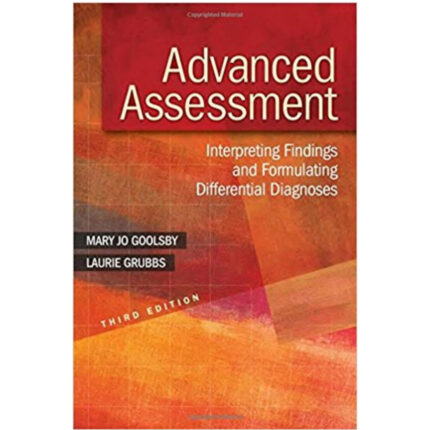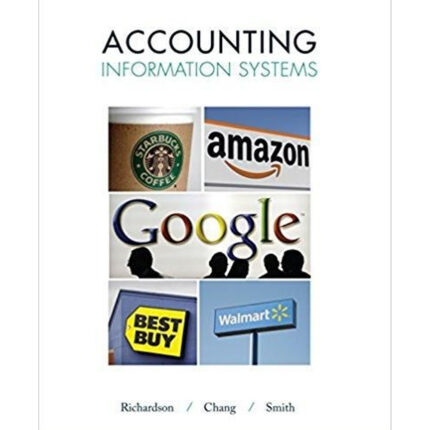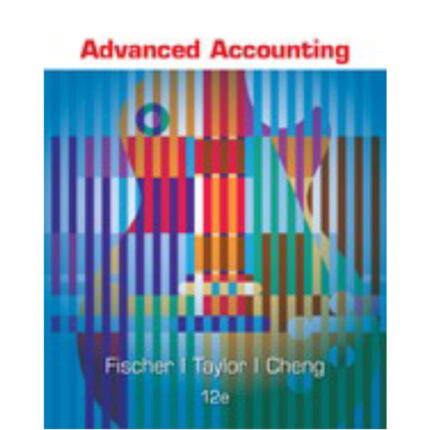Managareial Accounting 15th Edition By Garrison – Test Bank
True / False Questions
1. A transfer price is the price charged when a company provides goods or services to an outside company.
FALSE
AACSB: Reflective Thinking
AICPA BB: Critical Thinking
AICPA FN: Measurement
Blooms: Remember
Difficulty: 1 Easy
Learning Objective: 11A-05 Determine the range; if any; within which a negotiated transfer price should fall.
2. Opportunity cost should be ignored in setting the transfer price.
FALSE
AACSB: Reflective Thinking
AICPA BB: Critical Thinking
AICPA FN: Measurement
Blooms: Understand
Difficulty: 2 Medium
Learning Objective: 11A-05 Determine the range; if any; within which a negotiated transfer price should fall.
3. One disadvantage of using the actual cost of a product as the transfer price is that it does not provide a strong incentive for the producing division to control its costs.
TRUE
AACSB: Reflective Thinking
AICPA BB: Critical Thinking
AICPA FN: Measurement
Blooms: Understand
Difficulty: 1 Easy
Learning Objective: 11A-05 Determine the range; if any; within which a negotiated transfer price should fall.
4. When a division is operating at full capacity, the transfer price to other divisions should not include opportunity costs.
FALSE
AACSB: Reflective Thinking
AICPA BB: Critical Thinking
AICPA FN: Measurement
Blooms: Understand
Difficulty: 2 Medium
Learning Objective: 11A-05 Determine the range; if any; within which a negotiated transfer price should fall.
5. The selling division in a transfer pricing situation should want the transfer price to cover at least the variable cost per unit plus the lost contribution margin per unit on outside sales.
TRUE
AACSB: Reflective Thinking
AICPA BB: Critical Thinking
AICPA FN: Measurement
Blooms: Remember
Difficulty: 1 Easy
Learning Objective: 11A-05 Determine the range; if any; within which a negotiated transfer price should fall.
6. Setting transfer prices at full cost can lead to good decisions because, among other reasons, full cost takes into account opportunity costs.
FALSE
AACSB: Reflective Thinking
AICPA BB: Critical Thinking
AICPA FN: Measurement
Blooms: Understand
Difficulty: 2 Medium
Learning Objective: 11A-05 Determine the range; if any; within which a negotiated transfer price should fall.
Multiple Choice Questions
7. In setting a transfer price, which of the following should not be considered?
A. Fixed production costs of the buying division.
B. Production capacity of the selling division.
C. Product demand from outside customers.
D. Costs eliminated by internal transfers.
AACSB: Reflective Thinking
AICPA BB: Critical Thinking
AICPA FN: Measurement
Blooms: Understand
Difficulty: 2 Medium
Learning Objective: 11A-05 Determine the range; if any; within which a negotiated transfer price should fall.
8. The Western Division of Pryto Corporation sells Part D to other companies for $78.50 per unit. According to the company’s cost accounting system, the costs to Western Division to make a unit of Product D are:
The Southern Division of Pryto Corporation uses a part much like Part D in one of its products. The Southern Division can buy this part from an outside supplier for $78.25 per unit. However, the Southern Division could use Part D instead of this part that it purchases from outside suppliers. What is the most that the Southern Division would be willing to pay the Western Division for Product D?
A. $78.50 per unit
B. $76.00 per unit
C. $74.00 per unit
D. $78.25 per unit
AACSB: Analytic
AICPA BB: Critical Thinking
AICPA FN: Measurement
Blooms: Apply
Difficulty: 1 Easy
Learning Objective: 11A-05 Determine the range; if any; within which a negotiated transfer price should fall.
9. Division X makes a part that it sells to customers outside of the company. Data concerning this part appear below:
Division Y of the same company would like to use the part manufactured by Division X in one of its products. Division Y currently purchases a similar part made by an outside company for $70 per unit and would substitute the part made by Division X. Division Y requires 5,000 units of the part each period. Division X can already sell all of the units it can produce on the outside market. What should be the lowest acceptable transfer price from the perspective of Division X?
A. $75
B. $66
C. $16
D. $50
Because there is an opportunity cost, the selling division should not accept any transfer price less than its selling price to outsiders of $75 per unit.
AACSB: Analytic
AICPA BB: Critical Thinking
AICPA FN: Measurement
Blooms: Apply
Difficulty: 2 Medium
Learning Objective: 11A-05 Determine the range; if any; within which a negotiated transfer price should fall.
10. Using the formula in the text, if the lowest acceptable transfer price from the viewpoint of the selling division is $90 and the opportunity cost per unit on outside sales is $40, then the variable cost per unit must be:
A. $90
B. $40
C. $130
D. $50
From the perspective of the selling division, profits would increase as a result of the transfer if and only if:
Transfer price > Variable cost per unit + Opportunity cost per unit = $90 per unit
Variable cost per unit + $40 per unit = $90 per unit
Variable cost per unit = $90 per unit – $40 per unit = $50 per unit
AACSB: Analytic
AICPA BB: Critical Thinking
AICPA FN: Measurement
Blooms: Apply
Difficulty: 2 Medium
Learning Objective: 11A-05 Determine the range; if any; within which a negotiated transfer price should fall.













Reviews
There are no reviews yet.